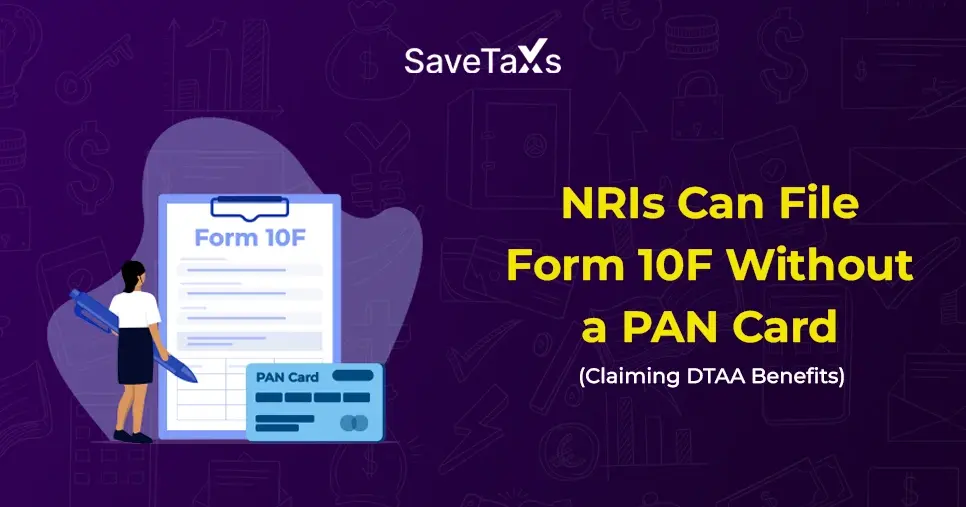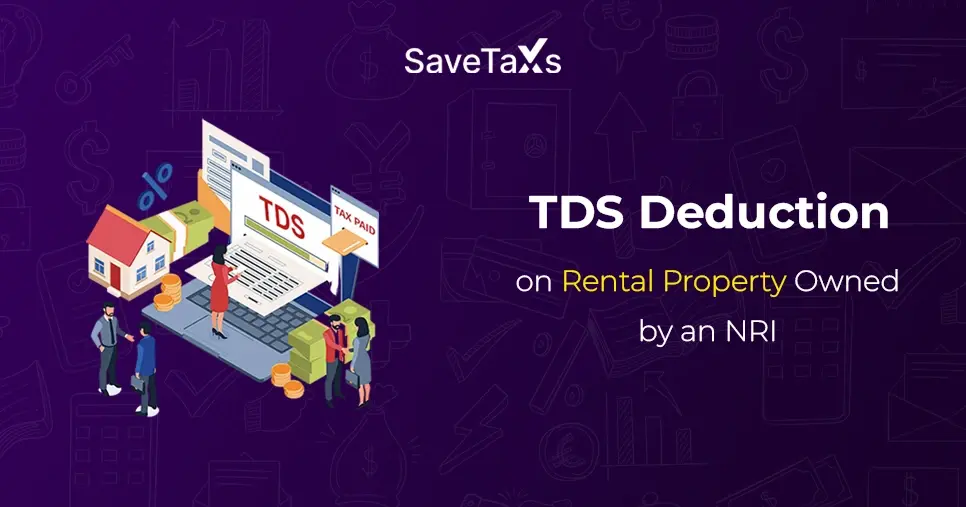Under the Indian Taxation Code, tax deducted at source (TDS) refers to the amount of tax that individuals or organizations pay on their earnings before the money is credited to their bank account. Whether the income is regular or irregular, the tax will be deducted at source. The various sources of income to which TDS is applicable include salary, rent, interest, commission, and other forms of income.
This blog guide will provide you with all the information you need to know about TDS returns, Form 27Q TDS returns, how to file them, and more.
What is a TDS Return?
The TDS return is a quarterly statement filed by the taxpayer to the Income Tax Department of India, reporting taxes paid on income during that particular quarter. The TDS return includes the information like-
- TAN and PAN numbers of the employer and employee.
- TDS challan information.
- Details about the TDS Paid.
Form 27Q is a quarterly statement detailing TDS on the payment made to an NRI or a foreign entity other than salary. The Indian buyer is obligated to submit this form before the due date of every taxpayer. Additionally, an NRI without a PAN card will be required to pay TDS at a higher rate of 20%. In brief, this form contains all the details, including the obligations imposed on the NRI by the owner as specified in the contractual agreement.
What are the Parties Involved in TDS Payment?
With respect to Section 195 of the Income Tax Act, there are two parties involved in a TDS payment.
Payer: The payer can be anyone, an individual, HUF, organization, or more. The payer makes the payment to the non-resident Indian NRI and is responsible for deducting the TDS before crediting the payment to the non-resident Indian NRI.
Payee: The payee is the person who gets the income. The resident status of the payer is determined in accordance with Section 6 of the Income Tax Act. In simpler terms, the TDS is deducted from the payee.
The TDS return filed under firm 27Q does not include payments made to NRIs, like dividends, interest income, and salary.
Every person making a payment to a non-resident Indian is required to deduct TDS at a designated rate from such payment. Below are the types of payments made to NRI that are covered under Form 27Q:
- A payment made to a non-resident sportsman or a sports association.
- Other sums that are payable to NRIs.
- Income from securities to a foreign institutional investor.
- Income concerning the units of NRIs.
- Income by way of interest on securities of the government and individual bonds.
- Payments in respect of units to an offshore fund.
- Income by way of interest from the infrastructure debt fund
- Income from shares or currency bonds of an Indian Company payable to an NRI
- Income made through interest from an Indian company engaged in Business.
- An investment fund pays an income to a unit holder.
- Income made in respect of investment in the securitization trust.
To complete Form 27Q, you will need the details of the payee, payer, challan, and deduction. The details are:
The Payer:
- Full name of the Payer
- Address
- PAN Number
- TAN Number
- Contact Details
- Financial Year
- The Year of Assessment
- Receipt number or original statement of the return that has already been filed previously in the same quarter.
The Payee:
- Full name of the Payee
- The branch of the division for collection
- Complete Address
- PAN Number
- Contact Number
- Telephone Number
- Email ID
Challan:
- TDS Amount
- The Serial Number of the Challan
- Surcharge Amount
- BSR Code
- Education Cess Amount
- Amount of Interest
- The Total of Tax Deposit
- The number of DDs and cheques
- The collection code
- The tax deposit date
- Method of TDS deposition
Deduction:
- Full Name of the tax collector
- PAN number
- Amount paid to the Payee
- Amount of TDS deducted
Suppose the NRI does not have a PAN card. In that case, the following information must be provided on Form 27Q: Tax Identification Number, country of residence, permanent address, contact details, and email address.
| Quarter |
Duration of Quarter |
Due Date of Quarter |
| Quarter 1 |
1 April to 30 June |
31 July |
| Quarter 2 |
1 July to 30 September |
31 October |
| Quarter 3 |
1 October to 31 December |
31 January |
| Quarter 4 |
1 January to 31 March |
31 May |
The form 27Q has three major sections, which include details of the payment, statistics of the voucher, and details of deduction.
Statics of Voucher
Out of the three main sections, one is the statistics of vouchers, which record all transactions and categorize them as correct, incorrect, or adequate.
Transactions Included:
The transactions mentioned below are correct and are considered as uncured for generation 27Q.
- Booking entries with or without TDS deduction.
- Entries of TDS deduction
- Payments made in advance
- Adjustment entries of TDS that were made to the government entity
- TDS reversal accounting entries
- TDS deduction for reduction and escalation
Transactions Excluded:
The transaction mentioned below does not require TDS deduction, and therefore, such transactions will be excluded when generating Form 27Q.
Entries Where TDS is not Applicable
Entries made while using the vouchers given below
- Inventory vouchers
- Contra
- Sales order
- Voucher of payment
- Debit note
- Credit Note
- Purchase not
- Payroll vouchers
- Optional Vouchers
Uncertain Transactions:
Uncertain transactions are those transactions that do not match the criteria of either the incoming or the outgoing transaction categories. Such transactions are listed as uncertain ones when there is insufficient information entered in the transactions and the master.
Deduction Details
This section classifies the types of education under which the included transactions are categorized. Dedication details are of the following types.
- Lower-Rated Taxable Expense
- Dedication made at a normal rate
- Dedication made at a higher rate
- Under the limit of exemption
- Taxable expenses at zero rate
- Except that instead of PAN available
This section will categorize deductible tax, tax deducted, and assessable value in the categories mentioned above, and then display them in the form.
Payment Details
This part of the form contains all the statistics of every TDS payment, whether actual or deemed to exist, as of the current date. Additionally, this section will not include any payment entries unrelated to the current period. In a nutshell, any payment entry other than the TDS payment entry will not be visible here. Furthermore, payment details will be shown in two fields:
- Included transactions and excluded transactions
You cannot fill out Form 27Q directly; instead, you need to use the downloadable version of the tool to prepare and complete the form electronically. Below are the steps for preparing and submitting the form.
Step 1: Go to the TIN website and download the e-TDS/TCS Return Preparation Utility (RPU). This utility is available on the TIN website and can be downloaded free of charge.
Step 2: Now you need to prepare the 27Q in the RPU. The title will guide you throughout the filling of the form. The information you need to keep handy includes details about yourself, the person who is the payee (NRI), the tax deducted, and the challan details (tax payment challan).
Step 3: After the form is filed, use the file validation utility provided by the RPU. This file validation utility will verify that your form contains no errors.
Step 4: Submit the Form. The form must be submitted at the TIN Facilitation Center (TIN-FC) established by NSDL e-Gov.
After filing the return, the taxpayer can check the status of the Tax Deducted at Source (TDS) return on the official NSDL website. To check the return status, the taxpayer must enter the provisional receipt and PAN number or the token number on the website.
Tax Deducted At Source (TDS) Certificate.
Once the TDS has been filed, the payer can now issue a TDS certificate or Form 16A to the non-resident. This TDS certificate must be delivered to the non-resident seller within 15 days from he last date of filing the TDS return for that respective quarter.
How Can Savetaxs Help
Our experts will assist you in filing accurate and timely TDS returns for payments made to non-residents. We at Savetaxs have been helping NRIs file their TDS returns for a long time, ensuring the form is completed with complete accuracy. Even a small error can result in the rejection of your entire application. However, with expert and professional guidance, we will ensure the entire process proceeds smoothly.
Note: This guide is for informational purposes only. The views expressed in this guide are personal and do not constitute the views of Savetaxs. Savetaxs or the author will not be responsible for any direct or indirect loss incurred by the reader for taking any decision based on the information or the contents. It is advisable to consult with either a Chartered Accountant (CA) or a professional Company Secretary (CS) from the Savetaxs team, as they are familiar with the current regulations and help you make accurate decisions and maintain accuracy throughout the whole process.
 India
India
 USA
Tax Consultancy Services
USA
Tax Consultancy Services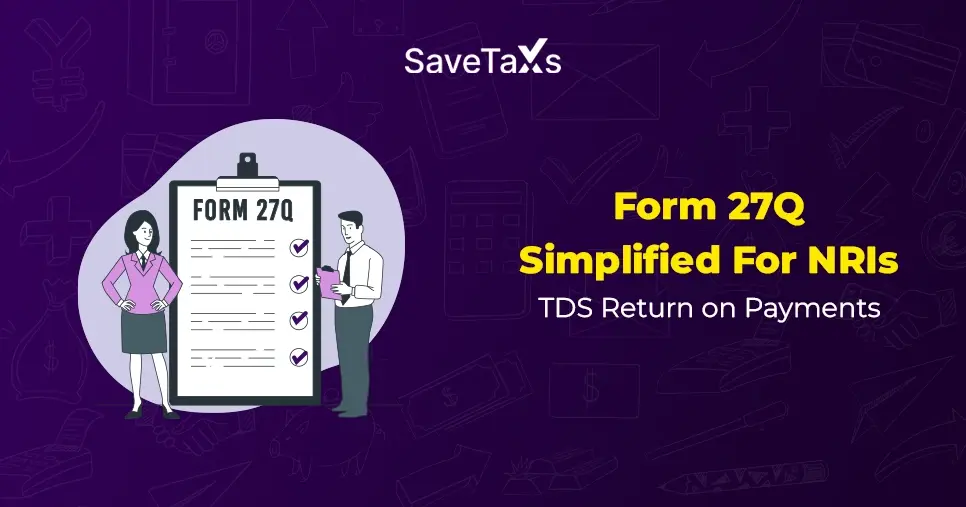

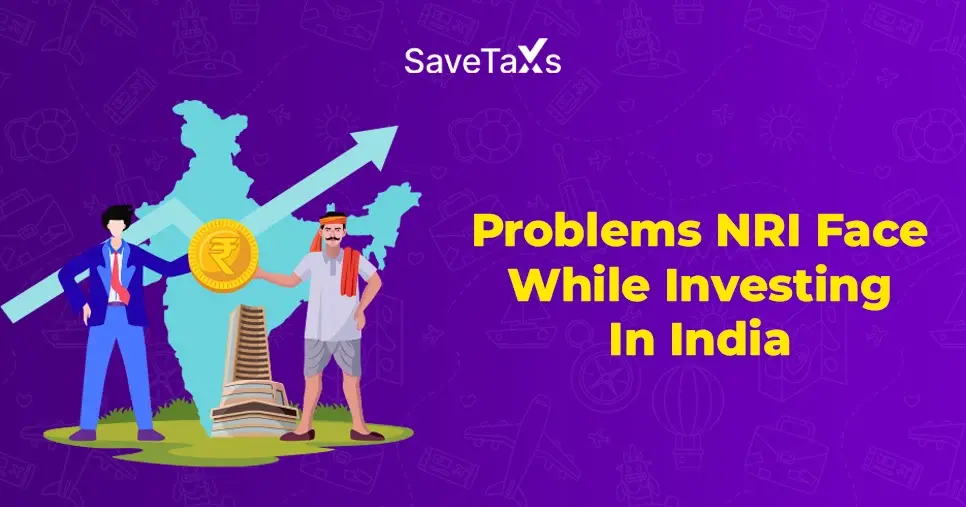
_1756816946.webp)
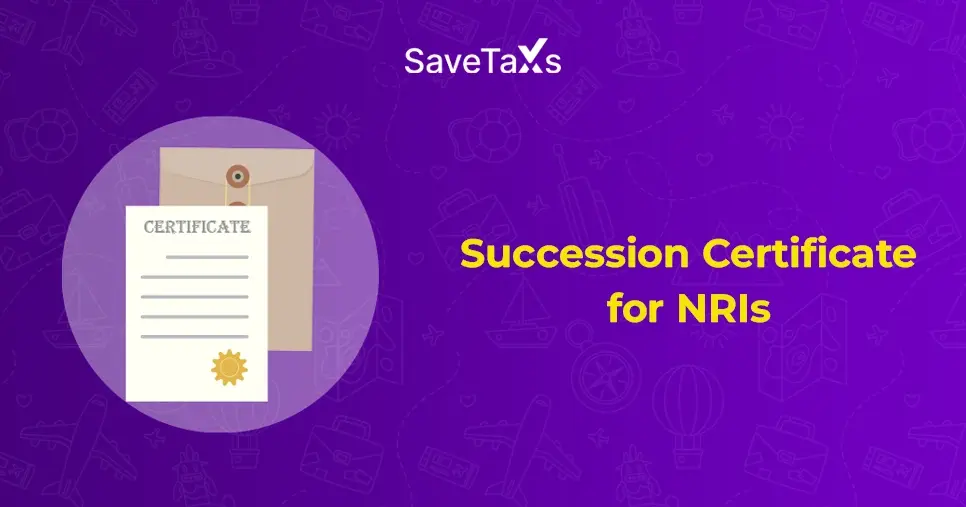
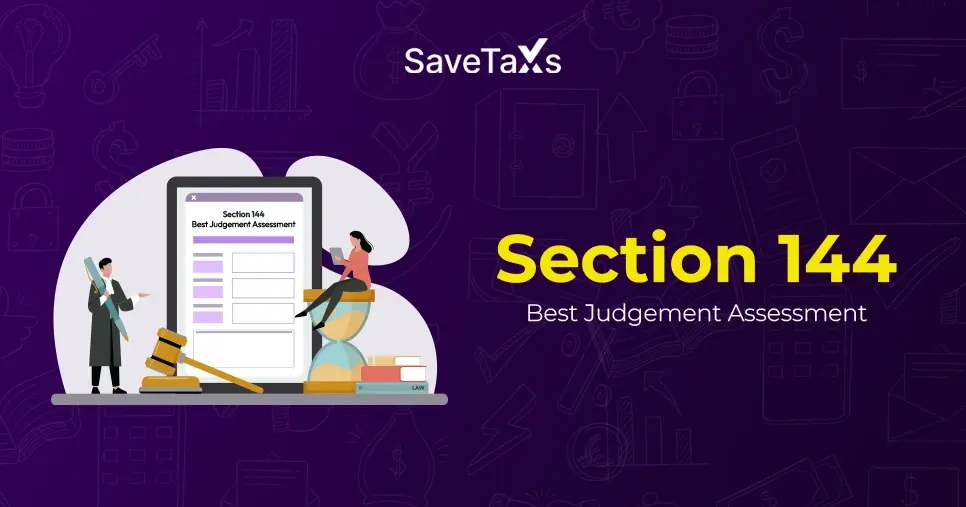
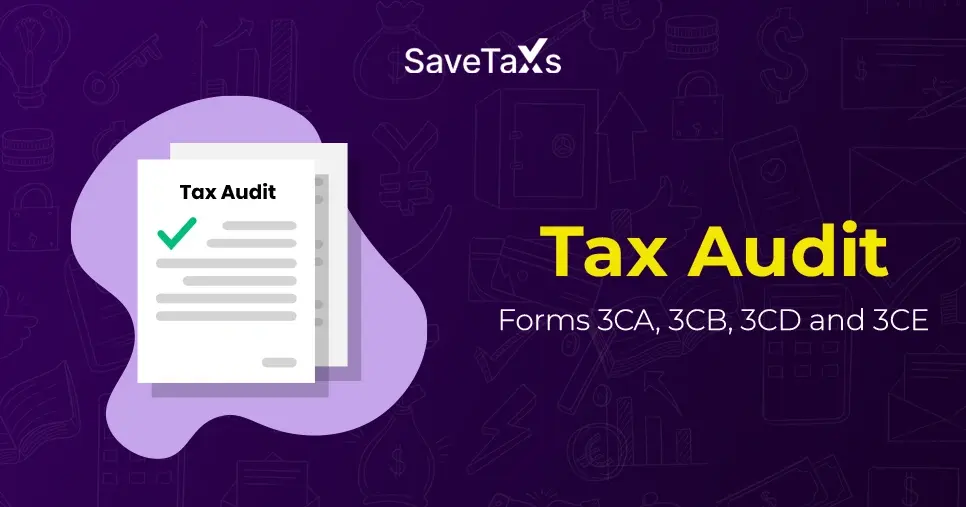
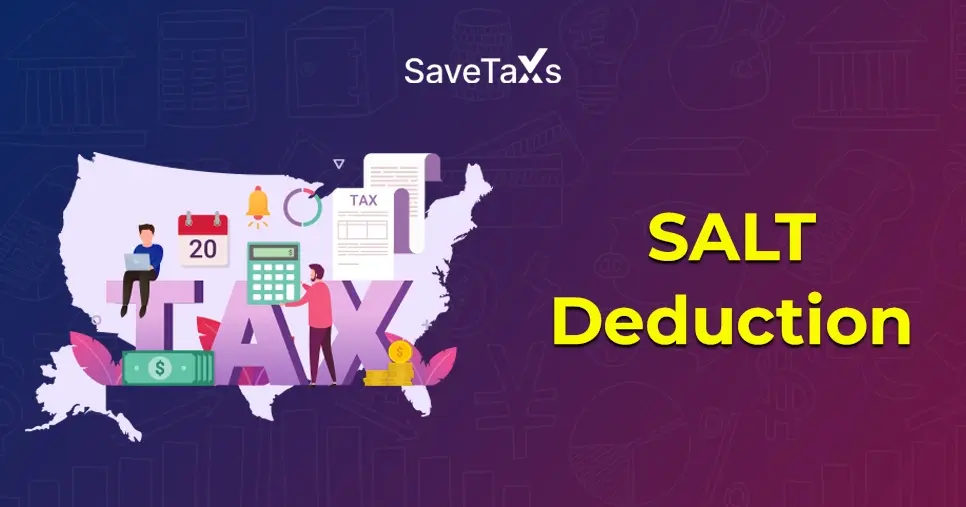
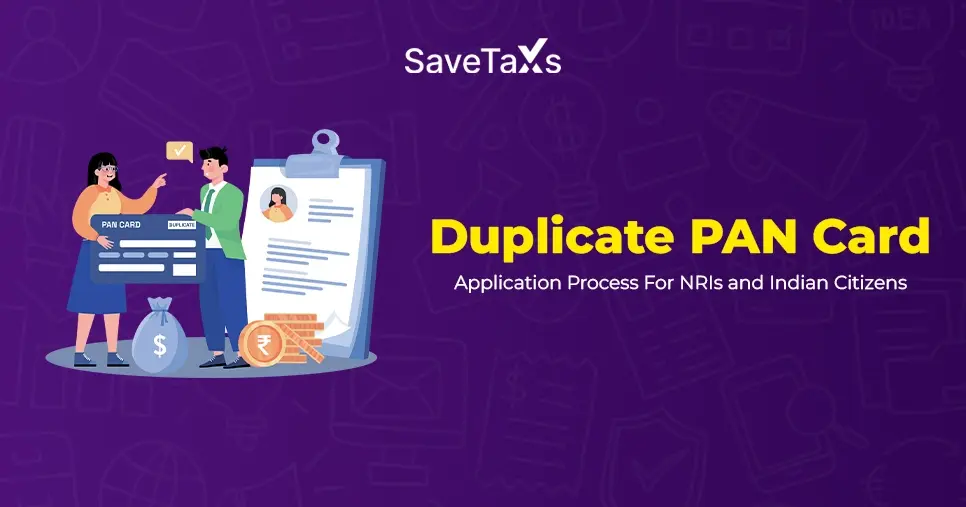
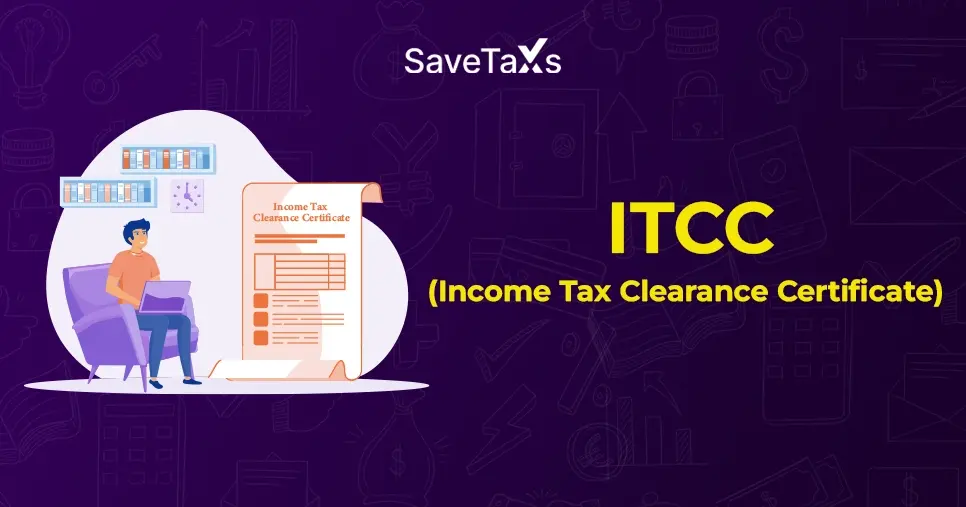
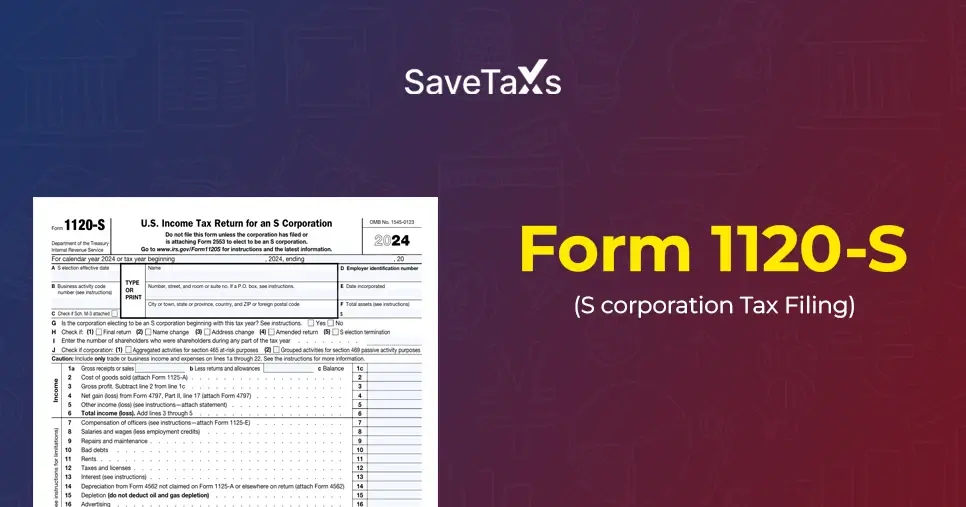
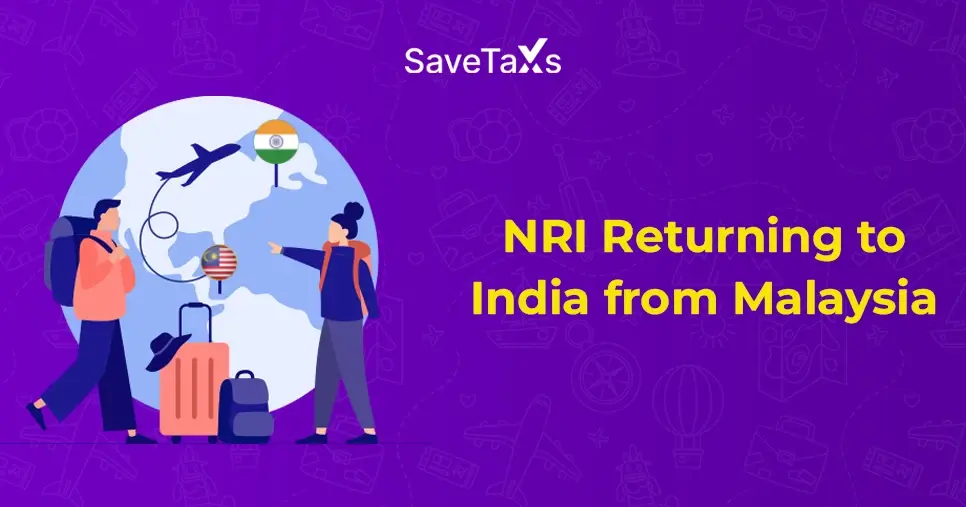
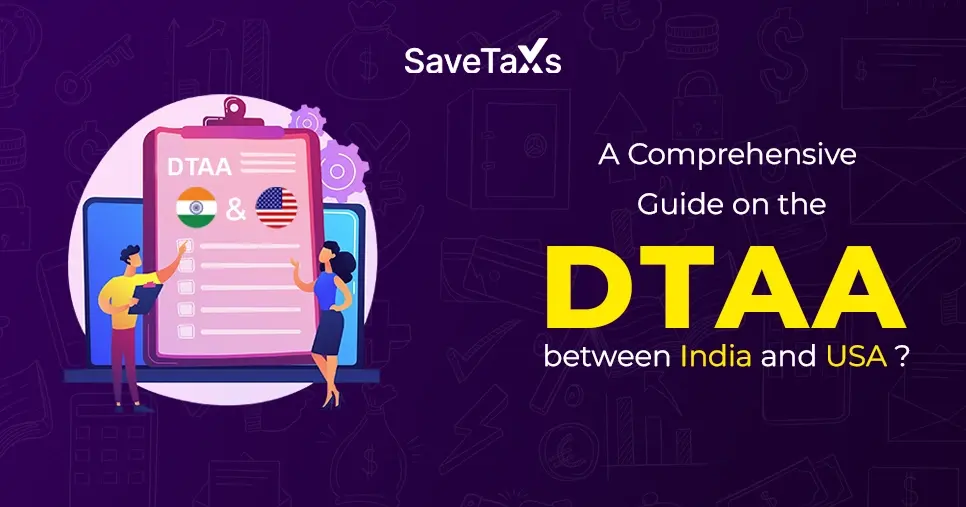
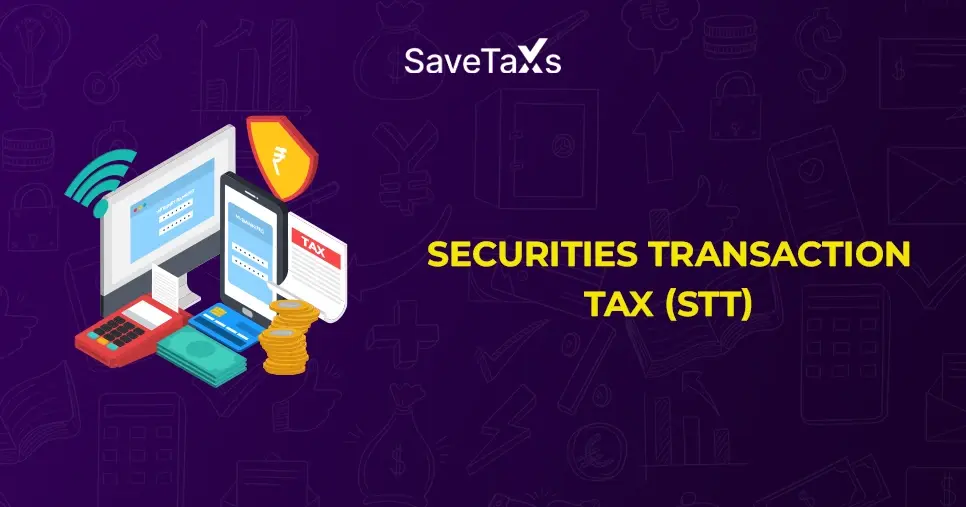
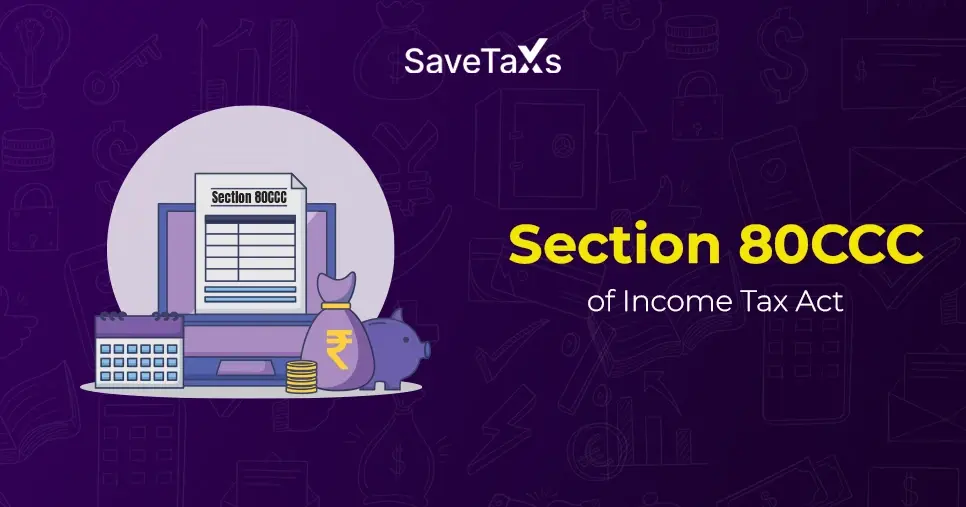
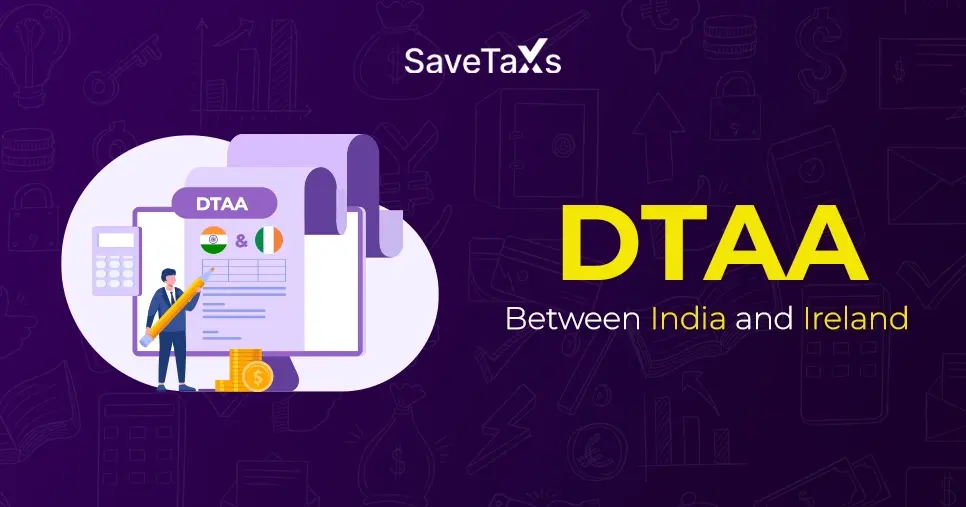
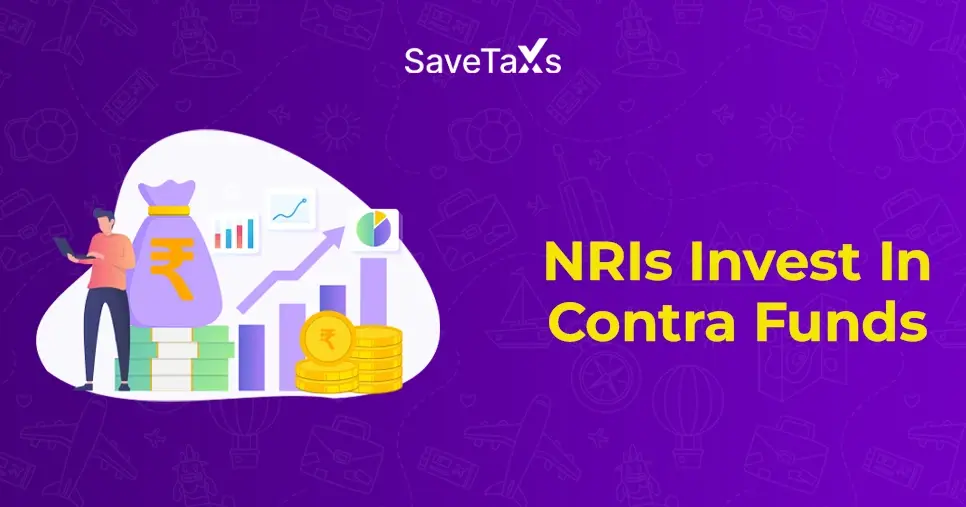
_1756729655.webp)
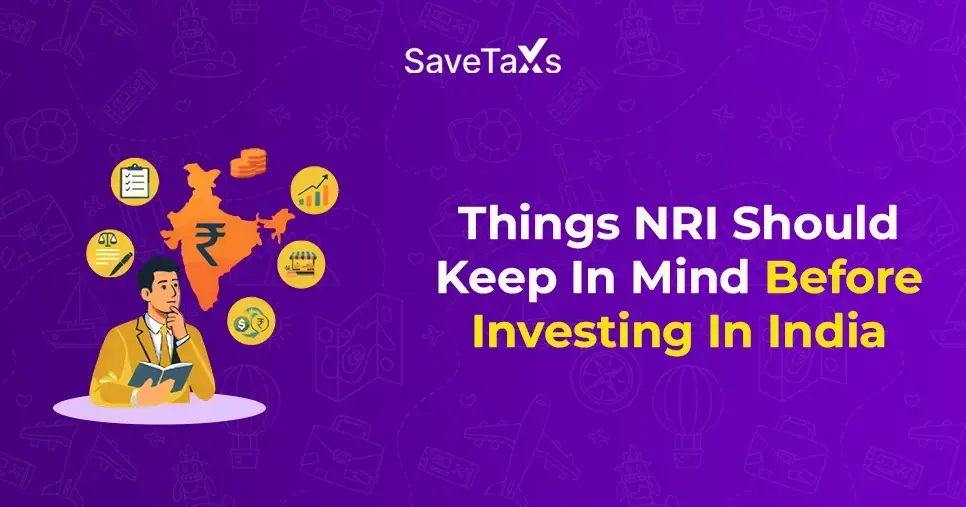
_1760618042.webp)
